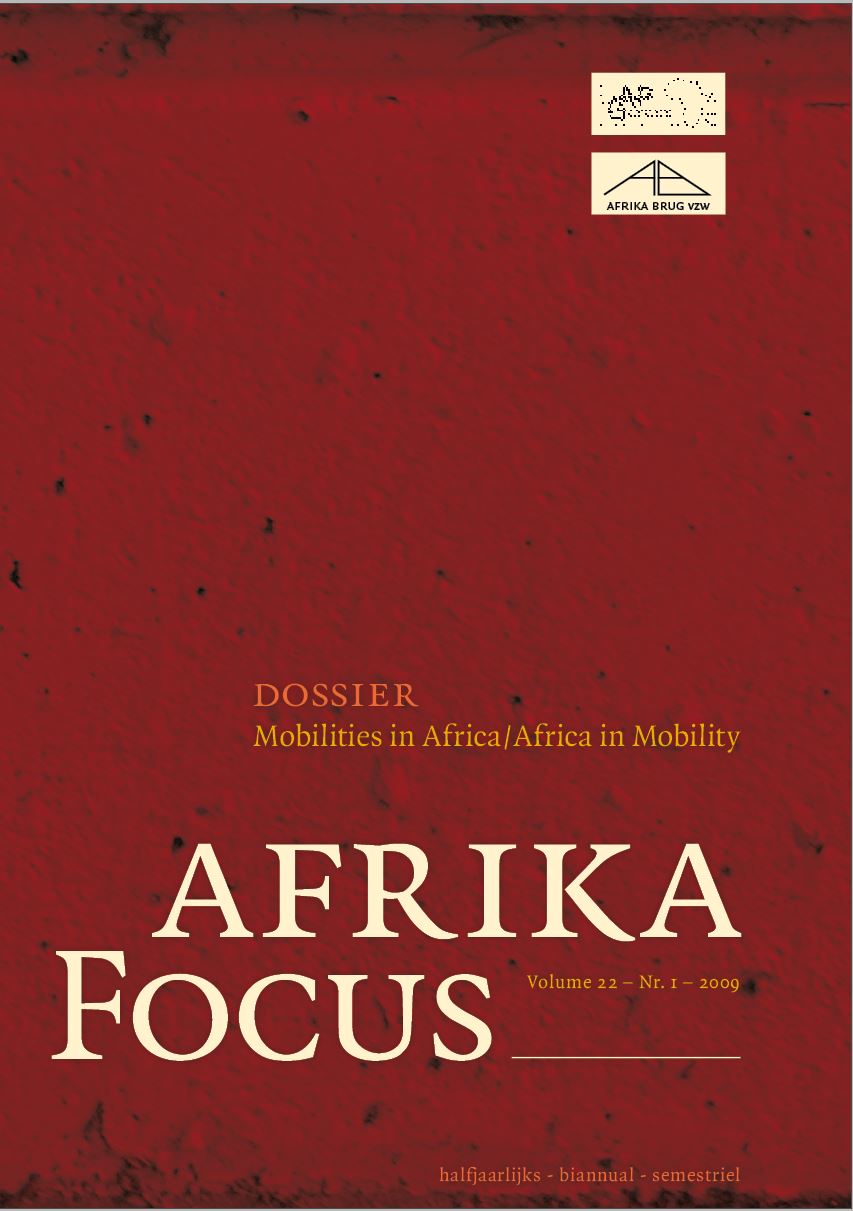Rumours of Mau Mau in Northern Rhodesia, 1950 – 1960
DOI:
https://doi.org/10.21825/af.v22i1.5043Abstract
In 1950s Northern Rhodesia, present day Zambia, rumours abounded amongst the African population intimating that the white settlers and administration were extensively involved in witchcraft, cannibalism and blood-sucking. In turn, members of the white settler community believed very much the same with regard to the African population of the territory. The development of nationalist politics and the increasing unionization of African workers in colonial Zambia led to agitation that was matched with increasing disquiet and fears on the part of white settlers. The emergence of ‘Mau Mau’ in Kenya and rumours of ‘Mau Mau’ in Northern Rhodesia served to underscore European settler fears in Northern Rhodesia. Based on research in the National Archives of Zambia and Great Britain, this paper explores the manner in which public rumour played out in Northern Rhodesia and gave emphasis to settler fears and fantasies in the territory. Key words: Mau Mau, Northern Rhodesia, colonial rule, rumours, ZambiaDownloads
Published
How to Cite
Issue
Section
License
Authors who publish with this journal agree to the following terms
Authors retain copyright and grant the journal right of first publication with the work simultaneously licensed under a Creative Commons Attribution License that allows others to share the work with an acknowledgement of the work's authorship and initial publication in this journal.
Authors are able to enter into separate, additional contractual arrangements for the non-exclusive distribution of the journal's published version of the work (e.g., post it to an institutional repository or publish it in a book), with an acknowledgement of its initial publication in this journal.
Authors are permitted and encouraged to post their work online (e.g., in institutional repositories or on their website) prior to and during the submission process, as it can lead to productive exchanges, as well as earlier and greater citation of published work (See The Effect of Open Access).


